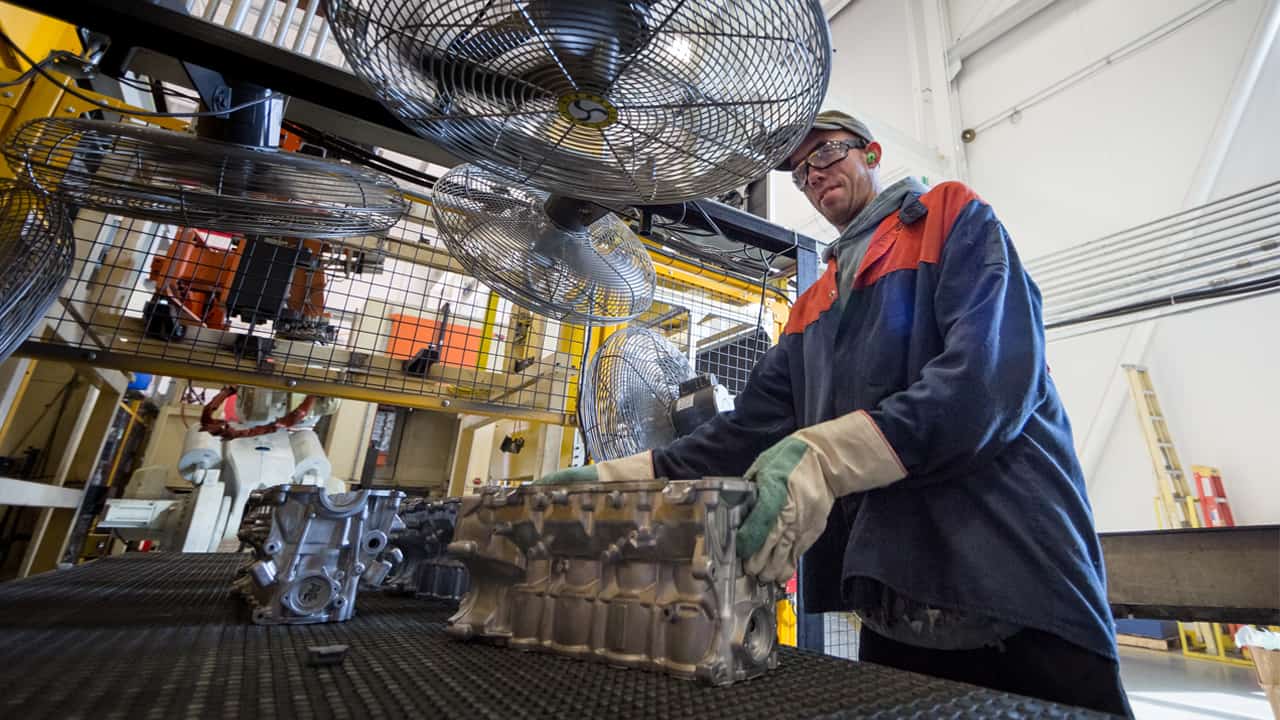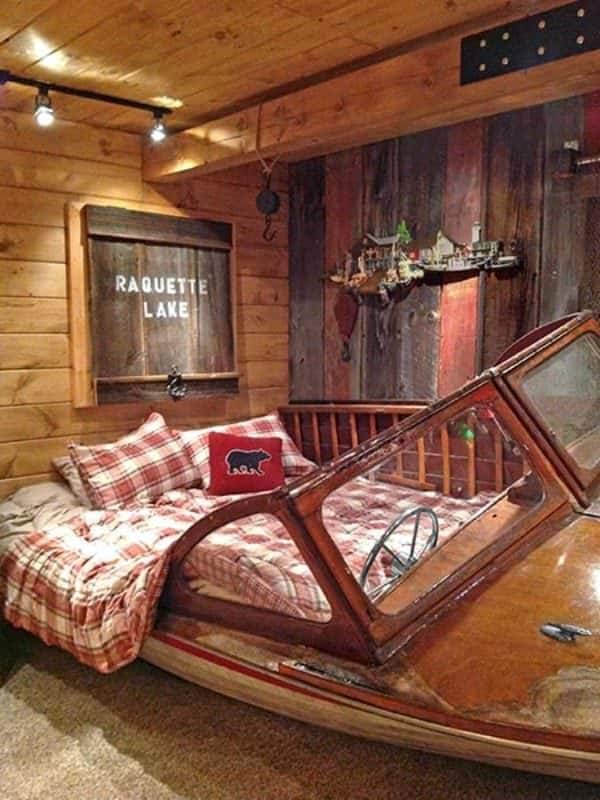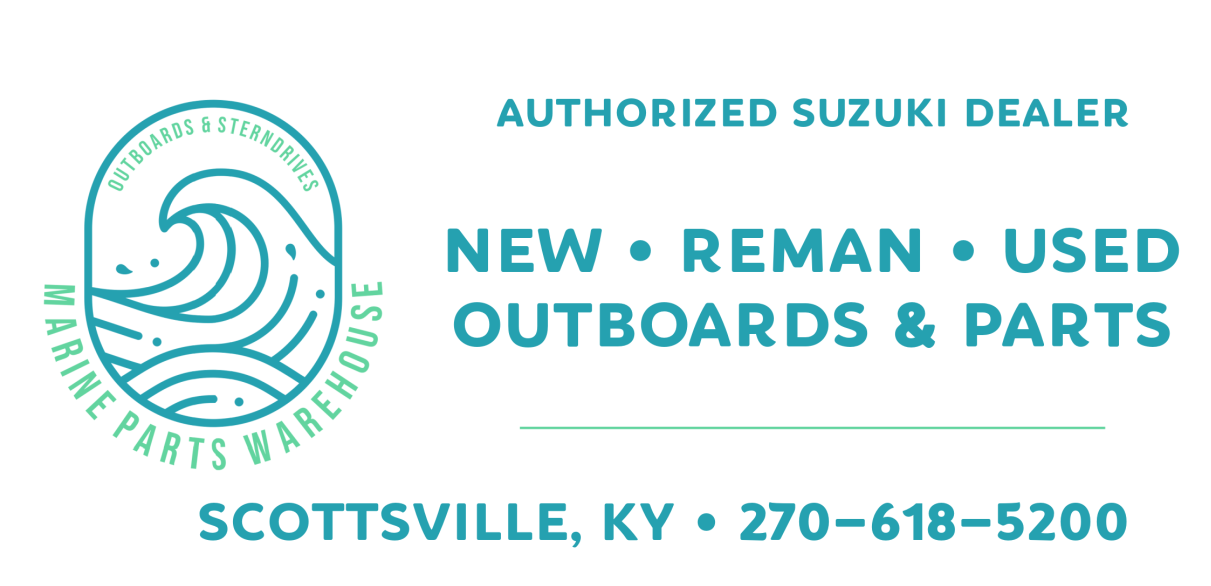Reducing Waste with Repurposed Outboard Parts
Recycling in the boating industry is imperative for sustainable maritime practices. It involves repurposing, reusing, or reclaiming materials and components from old or decommissioned vessels and engines.
This eco-conscious approach not only minimizes waste but also reduces the demand for new raw materials. From salvaging metals like aluminum and steel to repurposing wood and fiberglass, recycling in boating fosters environmental stewardship.
In this article, we will discuss how recycling is changing the boating industry, how repurposing outboard parts can help the environment, and sustainable boating practices.

The Role of Recycling in the Boating Industry
The single biggest obstacle to the sale of new boats is the gigantic oversupply of used ones. Both the price of used boats and the relatively fixed number of available marina and mooring spaces have a stranglehold on new-boat sales.
Recycling is not just a trend but an essential part of the boating industry. It's about giving new life to old boats, outboard and sterndrive parts, reducing waste, and making boating more sustainable.
Boat builders are incorporating recycled materials, like plastic bottles, into their manufacturing process. This helps conserve resources while cutting down on energy use and pollution.
But it doesn't stop there. End-of-life boat management is also taking center stage with initiatives aimed at dismantling and recycling boats that have reached their end of service. According to the EPA, aquatic recycling significantly reduces landfill waste.
Companies like Pioner are making boats out of sustainable material. The material is called Polyethylene and is 100% recyclable. The material and the production form, where the boats are cast in one piece, provide robust boats with a long service life.
Mercury Marine is a leader in the recycling of aluminium. Mercury makes the most of the virtually endless recyclability of aluminum. For nearly a decade, the company has used only recycled sources of aluminum instead of prime aluminum. Discarded vehicle wheels, wiring, and scrap from Brunswick Boat Group operations are melted and purified for use in Mercury's castings.
All these practices highlight how the marine world has embraced recycling as a means to keep our waters clean for future generations of sailors.
The Environmental Impact of Repurposing Outboard Parts
Repairing your older outboard with used parts helps! Not only is repurposing outboard parts a cost-effective solution, but it also helps conserve resources and minimize waste.
Reusing items is an essential part of the recycling process. When we repurpose outboard parts instead of tossing them, we help cut down on landfill space and conserve energy that would be used in manufacturing new parts.
This practice aligns with the concept of circular economy, where nothing goes to waste but is continually reused or remade into something else useful. So next time you're thinking about repowering, consider if the engine and parts could serve another purpose first.
Companies like MARINE PARTSWAREHOUSE in Scottsville, KY buy outboards in bulk from marine dealers who take in blown engine, trade-ins or repowers. Many of the engines are parted out bringing another outboard back to life. The outboard powerheads and gearcases are remanufactured by OUTBOARD RECYCLE, in Mobile, AL and sent back out as good as new for boaters to enjoy the water.
DIY Ideas for Repurposing Outboard Parts & Boats
If you're a boat enthusiast with an old outboard motor lying around, don't just toss it. Discover various methods to utilize those components again.
For other companies repurposing outboard parts or old boats offers a creative and sustainable way to give new life to old equipment. Companies like Ship Salvage transform propellers into unique coffee tables, its blades forming the tabletop's base and tables made from old ship wood.

Maybe, turn a piston into a striking paperweight or desk ornament. Alternatively, fashion an old gearbox into a rustic wall-mounted shelf. These DIY projects not only showcase your ingenuity but also contribute to a greener, more eco-conscious approach to decor and design.
Sustainable Practices in Boat Maintenance
Maintaining your boat sustainably isn't just beneficial for the planet, it can also save you money. Let's explore some ways to keep our boats running smoothly while being eco-friendly.
Regular Cleaning and Inspection
Maintaining a clean boat can prevent unwanted build-up that leads to more significant issues down the line. Regular inspections help identify potential problems early on, saving you from costly repairs later.
Repurposing Old Parts
As experts in used and new outboard parts, we encourage repurposing old pieces instead of tossing them away. This reduces waste and gives those components a second life.
Eco-Friendly Products
To reduce pollution, use eco-friendly cleaning products. These are gentler on marine life but still get the job done efficiently.
Conclusion
The boating industry's growing commitment to recycling is clear. This move towards sustainability, from manufacturing processes to end-of-life boat management, offers immense potential.
But remember: YOU CAN HELP! The benefits extend beyond the wallet!
By repurposing outboard parts, we're reducing waste and conserving energy - making an impressive environmental impact.
Sustainable practices in boat maintenance can also help us step up our eco-game. From DIY projects that transform old parts into something new and useful or even artistic pieces; there are endless possibilities for innovation.
Posted by StewBall


